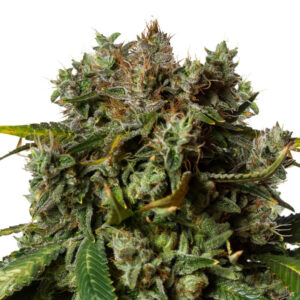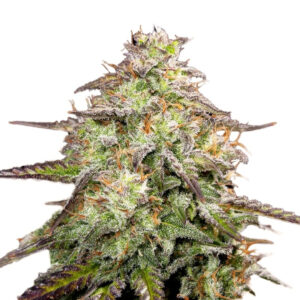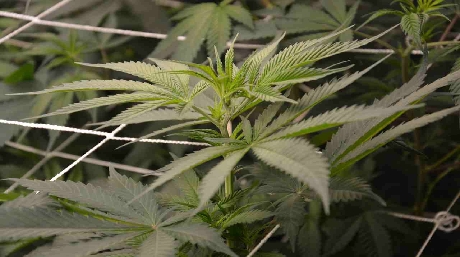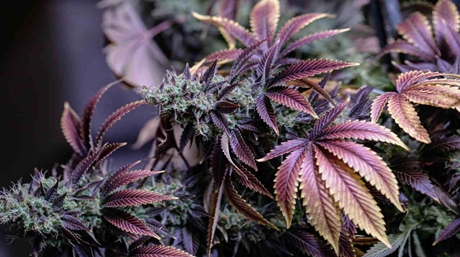You’ve just picked up some fresh flower—or maybe you’ve finished curing your latest homegrown batch—and now you’re wondering: does weed have to be in a bag to stay fresh? It’s a simple question, but the answer depends on how long you plan to store it and how much you care about flavor, potency, and longevity.
In this guide, we’ll break down the pros and cons of storing cannabis in bags, what happens if you don’t, and better alternatives for keeping your weed in perfect condition. Because yes—where and how you store your weed can make a huge difference.
The short answer? No, weed doesn’t have to be in a bag—but if you’re using one, it better be the right kind. Throwing your bud into a basic sandwich bag might be convenient, but it won’t do much to protect your cannabis over time.
Cheap plastic bags let in too much air, don’t block light, and trap moisture or smells. This can lead to dry, flavorless weed—or worse, mold. On the other hand, high-quality bags like mylar or vacuum-sealed pouches are designed to preserve freshness, prevent oxidation, and contain smell. So technically, yes—your weed can go in a bag. But the bag you choose makes all the difference.
Storing your cannabis correctly isn’t just about convenience—it’s about preserving everything that makes good weed good. That includes its flavor, aroma, potency, and smoothness.
Improper storage can lead to:
So while the question might be does weed have to be in a bag, the real question is: are you storing it in a way that protects your investment?
When it comes to storing cannabis, not all bags are created equal. Some are designed for quick storage, others for long-term preservation. Here’s a breakdown of the most common types and how they stack up:
So does weed have to be in a bag? If you’re going that route, use the right kind—and know that even the best bag isn’t always better than a jar.

So, you’ve left your weed sitting out on a desk, in a drawer, or floating loose in a jacket pocket. What’s the worst that can happen?
Turns out, quite a few things. Without any sort of storage—bag or otherwise—your cannabis is exposed to the four biggest enemies of freshness: light, air, heat, and moisture.
While a bag isn’t strictly necessary, some kind of sealed, controlled container is. The longer you want your stash to last, the more important proper storage becomes. And if you’re still wondering does weed have to be in a bag, the answer might be: it’s better than nothing—but not your best option.
If you’re serious about keeping your weed fresh, potent, and tasty for more than a few days, you’ll want to move beyond bags. Here are some of the best alternatives used by growers and connoisseurs alike:
In short, does weed have to be in a bag? No—but if you’re using a bag, it’s worth upgrading. And if you care about quality, glass and controlled humidity will always beat plastic.
Whether you’re storing weed for a week or a few months, these tips will help preserve flavor, potency, and smoothness:
Good storage habits can make even mids feel like top shelf. So the next time someone asks, does weed have to be in a bag, you’ll know: only if it’s the right kind—and only if you’re short on jars.
So, does weed have to be in a bag? Not necessarily—but if you do use one, make sure it’s something designed to protect your stash, not just a random plastic sandwich bag.
Proper storage makes a huge difference in how long your weed stays potent, tasty, and safe to consume. Whether you use a mylar bag, a glass jar, or a vacuum-sealed container, the key is controlling air, light, humidity, and temperature.
Think of it this way: if you’ve invested time or money in quality cannabis, it deserves better than a crumpled baggie in your sock drawer. Store it right, and your future self will thank you.













Related Posts

Best places to smoke in New York City
All in all, what are the best places to smoke weed in New York City? Perhaps the purported weed vans in NYC are pretty much bunk, yet whether you’re a deep-rooted New Yorker or a visitor going through, this guide will demonstrate to you the best New York brings to the table…

Are you an athlete, an investor, or looking forward to work for Walmart? Then you should be prepared for a drug test.

Like human beings who require nutrients for survival, it is the same way the cannabis plant does. The weed plant needs various nutrients for steady growth and development. However, the acidity and alkalinity of the nutrients, water, and soil have a significant impact on the well-being of the cannabis plant.